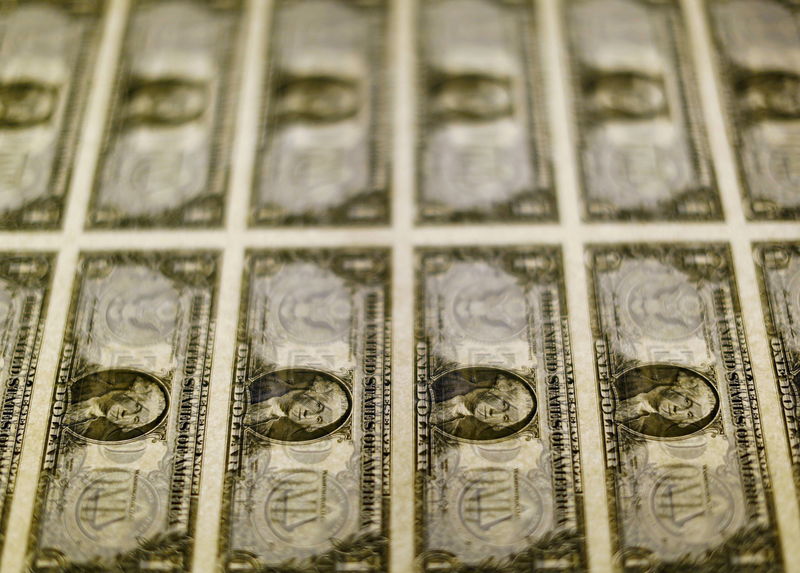Fubotv earnings beat by $0.10, revenue topped estimates
Investing.com-- Most Asian currencies moved little on Wednesday, while the dollar saw some strength in anticipation of U.S. President Donald Trump’s “liberation day” tariffs, which will be unveiled later in the day.
Regional currencies were nursing weeks of rangebound performance as uncertainty over Trump’s tariffs kept traders largely to the sidelines, especially amid speculation over their scope and economic impact.
The Australian dollar was an outlier, strengthening sharply on some positive building approvals data. The Aussie was also boosted by the Reserve Bank of Australia keeping interest rates unchanged on Tuesday.
The Japanese yen, which had initially benefited from increased safe haven demand, retreated against the dollar this week, while the Chinese yuan tread water.
Dollar holds some gains as Trump tariffs approach
The dollar index and dollar index futures steadied in Asian trade on Wednesday after logging some overnight gains.
Focus was squarely on Trump’s plans for reciprocal tariffs against major U.S. trading partners, as well as his plans to impose universal tariffs on all U.S. imports.
Treasury Secretary Scott Bessent said Trump will impose the maximum level of tariffs later in the day, and that the targeted countries can bring down the tariffs by meeting Trump’s demands- specifically that they lower tariffs on all imports of U.S. goods.
Reports showed that Trump also intends to impose a 20% duty on all imports to the U.S.
The U.S. President is set to reveal his tariffs during an event scheduled for 16:00 ET (20:00 GMT).
Australian dollar soars after RBA hold
The Australian dollar was a standout performer in Asia on Wednesday, with the AUD/USD pair rising nearly 0.9% in its second straight session of gains.
The Aussie’s gains came as building approvals data read much stronger-than-expected for February, while Assistant RBA Governor Christopher Kent said the central bank will slightly hike its overnight market operations repo rate.
The Aussie was also supported by the RBA keeping benchmark interest rates unchanged on Tuesday, with the central bank reiterating its data-driven approach to further easing.
Broader Asian currencies were largely flat, having taken little support from recent weakness in the dollar. A bulk of the countries targeted by Trump’s tariffs are expected to be in Asia, which presents more economic headwinds for the region.
The Japanese yen’s USD/JPY pair fell 0.2% after briefly rising past 150 yen, despite increased safe haven demand.
The Chinese yuan’s USD/CNY pair was unchanged as traders awaited more cues on Beijing’s retaliation against U.S. tariffs and stimulus measures to offset their economic impact.
Sentiment towards China was also on edge after the country began military drills near Taiwan this week.
The Singapore dollar’s USD/SGD pair fell slightly, while the Indian rupee’s USD/INR pair rose 0.1%.
The South Korean won’s USD/KRW pair fell 0.3%, with focus turning squarely to a top court ruling on impeached President Yoon Suk Yeol this Friday.
Consumer price index data showed South Korean inflation grew slightly more than expected in March.
